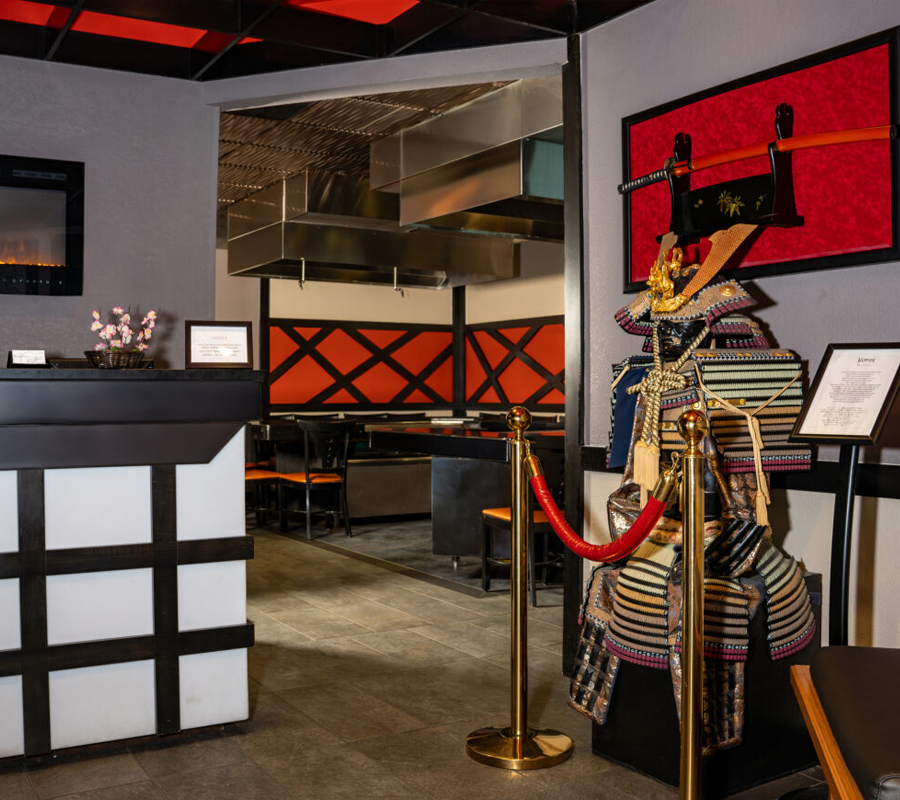A Beginner’s Guide to Sake
In Japan, the word “sake” refers to all alcoholic drinks. However, in the United States sake is predominantly known as a Japanese fermented rice beverage that can be served hot or cold. If you’re looking to expand your horizons (and palate) to the Land of the Rising Sun, familiarize yourself with Japan’s most popular exported drink …



